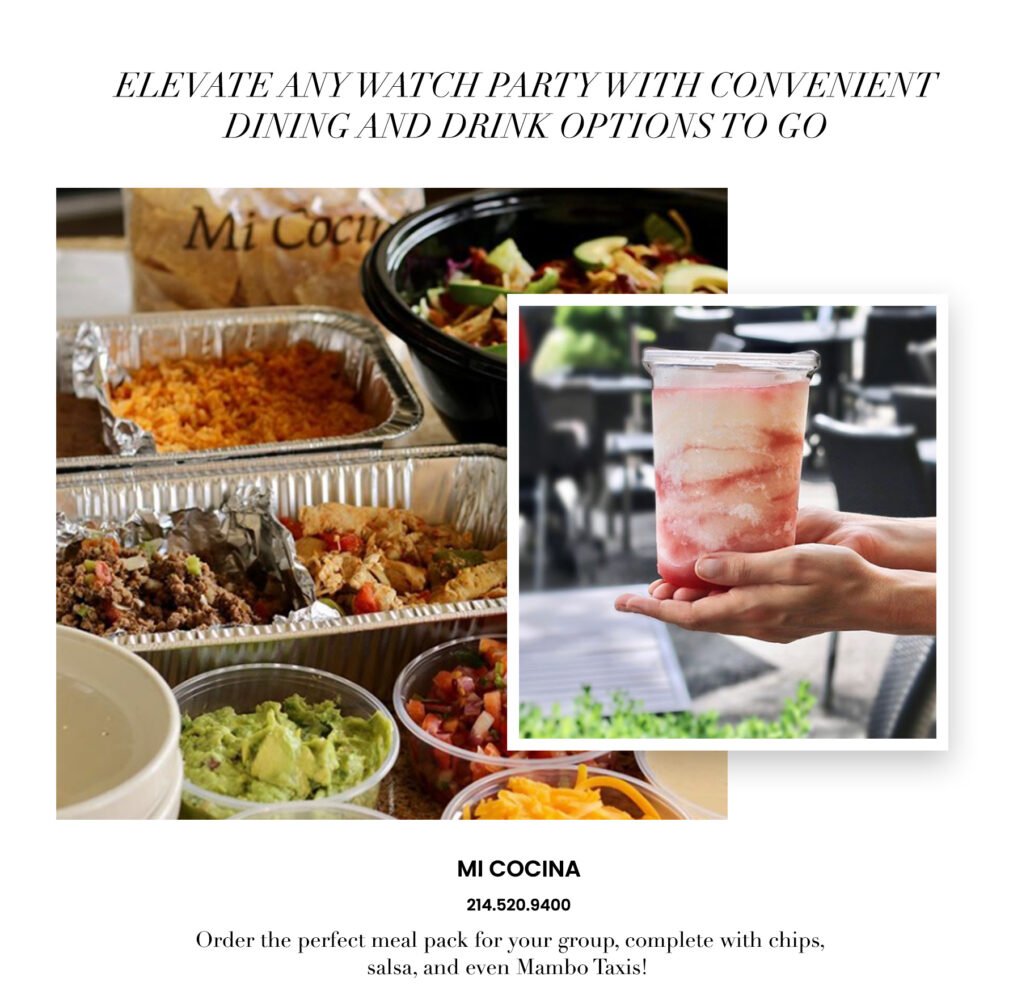Food and Drink encompasses the vast world of edible items and beverages. It’s an essential part of culture, health, and enjoyment.
Within the domain of Food and drink, one finds an endless array of cuisines, flavors, and traditions that are fundamental to human experience. From nutritious meals that fuel our bodies to celebratory drinks that bring people together, this category plays a pivotal role in everyday life.
Chefs, nutritionists, and food enthusiasts continually explore new culinary frontiers, blending ancient techniques with modern innovation. Discussions around Food and Drink often focus on topics such as dietary choices, recipe development, food safety, and the environmental impact of production and consumption. Engaging with this subject not only satisfies the palate but also contributes to a deeper understanding of diverse cultures and a healthier lifestyle.
Crafting The Atmosphere
Ambient lighting plays a pivotal role in shaping a restaurant’s atmosphere. The right intensity and color can elevate the dining experience, subtly enhancing flavors and complementing the culinary theme. Gentle, warm lights often create a cozy, inviting ambiance that encourages guests to relax and savor their meals.
The power of music selection cannot be overstated in its ability to set the restaurant’s mood. Aligning the playlist with the style of cuisine offers a harmonious sensory experience, while also considering volume levels ensures patrons can enjoy conversation without strain.
| Element | Contribution to Ambiance |
|---|---|
| Table Size | Dictates social dynamics and privacy levels |
| Centerpieces | Adds a focal point and reinforces the theme |
| Tableware Placement | Reflects attention to detail and structure of the dining experience |
Artistry in table arrangement extends beyond mere aesthetics. Thoughtful placement of tableware, coupled with strategic seating plans, can facilitate diner comfort and enhance interaction. Ingeniously arranged tables not only captivate the eye but also subtly direct the flow of service and conversation.

Credit: www.nbcnews.com
Food And Drink Essentials
Choosing high-quality ingredients is crucial for creating dishes that stand out, both in flavor and nutrition. A commitment to sourcing the best produce, meats, and grains cannot be overstated. Ensuring freshness and supporting local providers often results in superior taste experiences.
Equally important is having the right kitchen tools. High caliber knives, versatile pots and pans, and reliable gadgets like food processors greatly contribute to culinary success. With these tools at hand, cooking becomes more efficient, enjoyable, and precise.
Presentation plays a vital role in the overall enjoyment of a meal. Thoughtful plating, the use of color, and garnishes can transform a dish from ordinary to extraordinary. The visual appeal of food is a direct pathway to the diner’s sensory satisfaction, making the act of eating a truly holistic experience.
Pairing Beverages With Meals
Unlocking flavor with wine pairings requires carefully selecting a wine that complements the profile of the meal. A rich red wine like Cabernet Sauvignon pairs brilliantly with red meats, whereas a light Sauvignon Blanc can enhance the delicateness of seafood dishes. Acidic wines cut through fatty richness, offering a palate-cleansing effect.
Craft beers have the versatility to blend with a range of cuisines. A robust stout or porter stands up to heavy, hearty dishes like stews, while a crisp pilsner might be the perfect match for lighter fare or spicy food, balancing the heat and refreshing the taste buds.
Non-alcoholic alternatives have grown in sophistication, and they provide an elegant complement to fine dining without the alcohol content. Options include sparkling juices, herb-infused mocktails, and non-alcoholic wines and beers. These beverages offer complex flavors that can enhance the overall dining experience.
Plating Techniques To Impress
Mastering plating techniques takes more than just cooking skills—it’s about creating a visual feast. Utilizing color and texture contrasts is vital for visual appeal. Imagine a creamy, pale risotto on a stark white plate; it’s appealing but adding a sprig of vibrant green parsley can make the plate come alive. Each element on the plate should add to the overall color palette.
Understanding the importance of garnishing can elevate your dish from home-cooked meal to restaurant-quality presentation. Simple additions such as a dusting of paprika, a drizzle of balsamic glaze, or a delicately placed edible flower can be transformative. Garnishes should complement the dish both in flavor and in color, providing an enticing preview of the flavors to come.
Enhancing Flavors Naturally
Enhancing flavors naturally can transform everyday cooking into an art form. Fresh herbs are pivotal in this pursuit, offering vibrant tastes and aromas that can elevate a simple dish to a culinary delight. Creating infused oils and vinegars is a straightforward process, unlocking complex flavors through a simple steeping method. Home cooks may want to experiment with rosemary, thyme, or basil in their oil infusions for an extraordinary twist.
Variations in salt, such as Himalayan pink, sea, and kosher, serve distinct purposes. Not only do they differ in mineral content and taste but also in texture and solubility, affecting the seasoning process in nuanced ways. Pink salt, for instance, can add a subtle crunch and is often preferred for its purported health benefits, whereas sea salt’s coarse grains make it ideal for finishing dishes.
The Art Of Baking Bread
Choosing the right flour is crucial for the success of your homemade bread. The type of flour you select will dictate the bread’s texture, flavor, and nutritional value. High-protein flours, like bread flour, are optimal for creating strong gluten networks, leading to a more elastic dough. If a denser crumb and a nuttier taste are desired, whole wheat flour may be a better choice.
The kneading process significantly affects the final texture of your bread. A well-kneaded dough will result in bread with a uniform crumb and can handle the rising process effectively, yielding a loaf that’s both airy and chewy. It’s essential to knead dough for an adequate period, which may range from 5 to 10 minutes, depending on the technique and flour used.
Ultimately, achieving a delectable crust depends on how you bake the bread. The oven’s initial high temperature is key to a process known as the Maillard reaction, which gives the bread its golden color and characteristic flavor. Using steam can help to create a crispy and shiny crust, as it prevents the surface from drying out too quickly during the initial stage of baking. It’s also important to ensure your bread is baked for the correct duration to avoid an undercooked or burnt loaf.
Cultivating A Diverse Spice Palette
A diverse spice rack can transform your culinary experiences, bringing vibrant flavors and aromas to your dishes. Essential spices such as cumin, coriander, and paprika should have a permanent spot in your kitchen. Not to mention, staples like turmeric and cinnamon that offer both health benefits and depth of flavor. For heat lovers, chili flakes and cayenne pepper are indispensable.
Creating unique spice blends can be a rewarding endeavor, allowing for personalized flavor profiles. Begin with quality whole spices, and grind them freshly for optimal potency. Mix and match to craft the perfect blend for meat rubs, stews, or vegetarian dishes.
Freshness is the key to unlocking the full potential of spices. The difference is clear when comparing store-bought, ground options to freshly ground spices. Maximize flavor by purchasing whole spices and grinding them as needed, ensuring every dish is infused with robust and pure spice notes.
Drink Concoctions For Every Occasion
Signature cocktail crafting is an art form that transforms any gathering into a memorable experience. Expert mixologists often emphasize the importance of balance and flavor combinations. To craft a signature cocktail, begin by selecting a base spirit, then layer in complementary liqueurs and fresh juices. Don’t forget a dash of bitters or a sprig of herbs for that final touch.
Refreshing mocktails can be every bit as exciting as their alcoholic counterparts. Start with a crisp base, such as soda water or lemonade, and add a burst of flavor with muddled fruit or a hint of mint. For an extra dazzle, use colorful garnishes to create a visual feast that will delight guests of all ages.
Mastering the secret to brewing the ultimate cup of coffee or tea is essential for daily rejuvenation and comfort. The key lies in the quality of the water and the freshness of the coffee beans or tea leaves. Ensuring an optimal brewing temperature and proper steeping time will result in a rich, aromatic beverage that is both invigorating and soothing.
Sustainable Eating Practices
Sourcing local and seasonal food not only supports community agriculture but significantly reduces carbon footprint associated with transportation. Eating what’s in season and available locally means fresher, more flavorful food on your plate. Emphasize on building a relationship with local farmers and producers to learn about the ecological impact of your food choices.
Minimizing waste in the kitchen is crucial for sustainability. Start by planning meals to purchase only what you need, thus avoiding overbuying. Commit to a zero-waste approach by utilizing scraps for stocks and composting inedible leftovers. Proper storage techniques extend the life of your food, preventing spoilage.
Opting for eco-friendly cookware and utensils means selecting items made from sustainable materials like bamboo, ceramic, or recycled stainless steel. These choices often have a longer lifespan and are less harmful to the environment upon disposal. Choosing non-toxic and energy-efficient products further enhances the sustainability of your kitchen practices.
Hosting With Panache
Hosting an event often centers around crafting an unforgettable dining experience for guests. Implementing creative serving techniques elevates the occasion, making each moment memorable. Think beyond the traditional and consider personalizing guest dining experiences with custom plates, interactive food stations, or thematic dishware that reflects the spirit of the occasion. Engage the senses with a thoughtfully orchestrated culinary journey.
Maintaining a nuanced approach to the timing of food and beverage service plays a pivotal role in the event’s flow. Synchronizing dish presentations to coincide with the event’s rhythm ensures guests remain delighted and engaged. A perfectly timed toast or a surprise dessert reveal can act as the linchpin that secures the gathering’s success, leaving guests with a lasting impression of the host’s skillful coordination and flair.
Frequently Asked Questions Of Food And Drink
Does Vegas Still Give Free Drinks?
Yes, Las Vegas casinos often offer free drinks to patrons who are actively gambling on the casino floor.
What Are Food And Drinks Called?
Food and drinks are commonly referred to as “edibles” and “beverages. ” These terms encompass all items suitable for consumption.
Is It Food And Drink Or Drinks?
Both “food and drink” and “food and drinks” are correct, depending on context. Use “drink” for general reference and “drinks” when implying variety or multiple beverages.
What Is An Example Of A Food And Beverage?
An example of food is a hamburger, and a beverage example is iced tea. These items represent the variety found in the food and beverage category.
Conclusion
Exploring the plethora of tastes that food and drink offer can elevate daily living to an art form. Remember, your culinary journey is as diverse as the flavors waiting to be discovered. Keep experimenting and savoring each bite or sip.
Embrace the adventure that awaits in your next meal or beverage!




